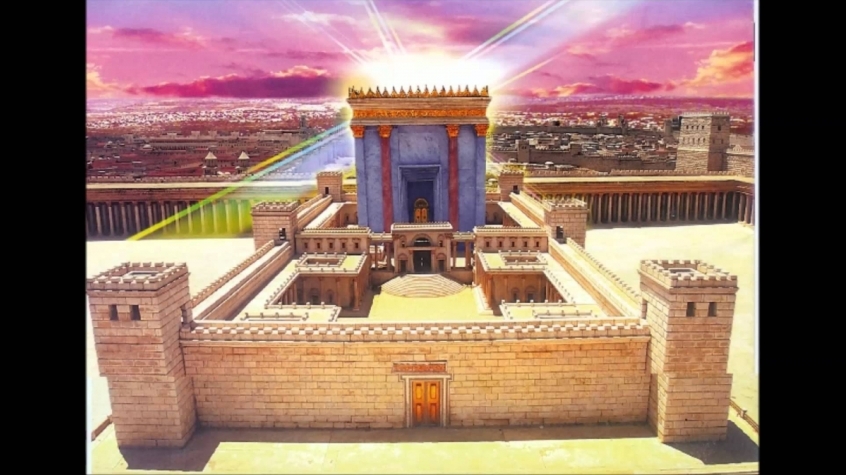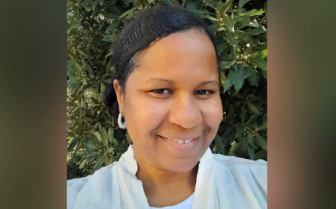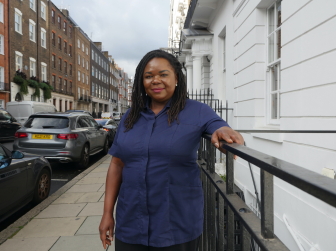Wander around the Jewish Quarter of the Old City of Jerusalem for any amount of time and you'll come across some very bizarre images indeed, a variety of colourful and surrealistic portrayals of the so-called Third Temple plonked right in the heart of this controversial square kilometre, in some cases from out of the heavens.
The idea behind the images is of the Temple being rebuilt to coincide with the coming of the Jewish Messiah.

According to Dr David R Reagan, the Founder and Director for Lamb & Lion Ministries, it is foreseen in the Bible. He has written:
'The Bible clearly teaches that a new temple – which will be called The Third Temple – will be built in the future. The First Temple was the one that Solomon built and which was destroyed in 586 BC. The Second Temple (516 BC to 70 AD) was built after the Jews returned from Babylonian captivity. The platform on which it sat was greatly expanded and beautified by King Herod, as was the temple itself, but since the sacrifices were never stopped during this renovation and expansion, the new temple was still considered to be The Second Temple.
'The Third Temple will exist during the Great Tribulation. Daniel refers to this temple when he says that "the prince who is to come" (the Antichrist) will enter it and stop the sacrifices in the middle of the Tribulation (Daniel 9:27). The Apostle Paul mentions it when he declares that the "man of lawlessness" will profane the temple by entering it and declaring himself to be God (2 Thessalonians 2:3-4). The Third Temple is also mentioned in the book of Revelation when John is told to measure it – a symbolic way of telling him to assess its spiritual condition (Revelation 11:1-2).
Now, the concept has hit the media spotlight after the US ambassador to Israel, David Friedman, was photographed this week receiving an aerial image of Jerusalem bearing a simulation of the Third Temple instead of the Al-Aqsa mosque and the Dome of the Rock.
The encounter in which Friedman received the photograph was first reported on the ultra-Orthodox news site Kikar Hashabat. And as Haaretz reports, the photo of Friedman receiving the poster was taken during a tour of Bnei Brak held by the Achiya organization, which aids children who suffer from learning disabilities.
The Israeli newspaper said it was unclear at the time whether Friedman noticed that the image was doctored and whether he was endorsing it or not. But a US embassy official told Haaretz that they have demanded an apology from the organisation 'for allowing one of their staff to present this controversial image to the ambassador during the visit'. A statement later issued by the embassy said that Friedman 'was not aware of the image thrust in front of him when the photo was taken. He was deeply disappointed that anyone would take advantage of his visit to Bnei Brak to create controversy...The US policy is absolutely clear: we support the status quo on the Haram al-Sharif/Temple Mount.'
The worried statement says much about the sensitivities of this piece of land. For the Al-Aqsa and the Temple Mount make up the third most important site in Islam.
But with Donald Trump having unilaterally recognised Jerusalem as Israel's capital, and the US having moved its embassy there amid deadly violence on the Gaza border, Israel is confident that it has secured Jerusalem as its 'eternal and undivided' capital. And the long-term effects of that cannot be foreseen.
For while fundamentalist Jews and Christians regard biblical promises to be literally fulfilled by the construction of a third Temple, most regard it as a symbolic reference to the perfect rule of God on earth.
Few concepts better illustrate the dangers of when literalist views of scripture impact on real-world politics.









